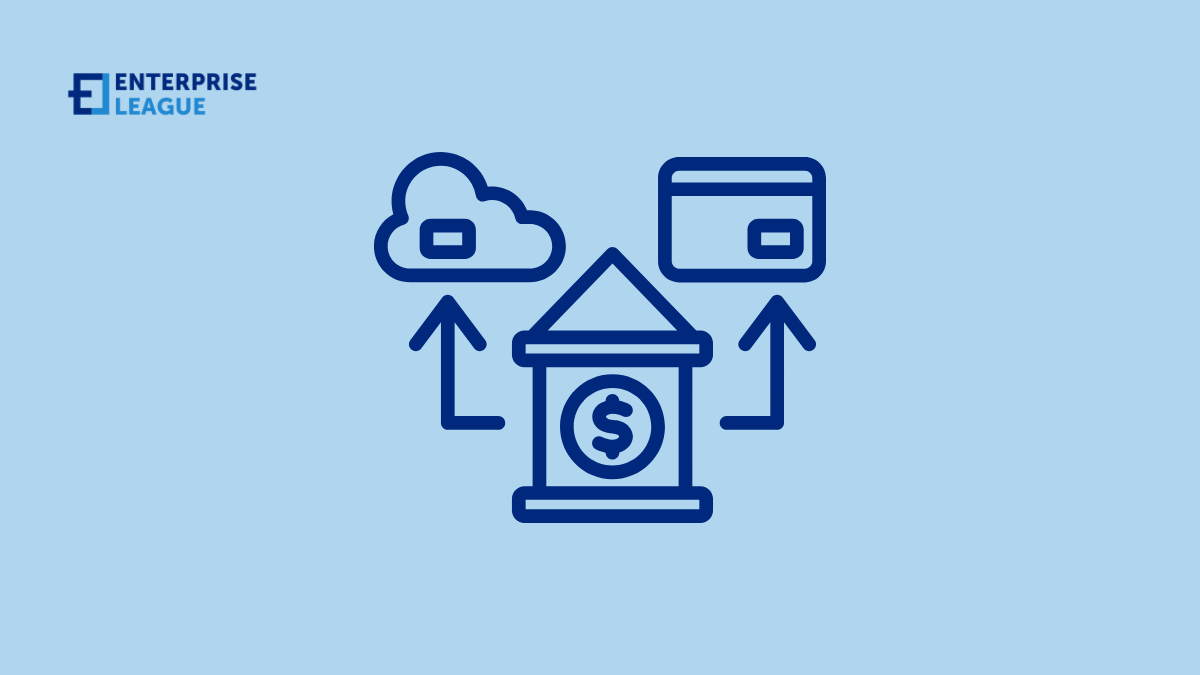Building a fintech startup isn’t just about technology. It’s about solving real problems, building trust, and making something people actually want to use. Sure, there’s code, funding, and scaling to think about, but at its core, a fintech company should make financial lives easier, not more complicated.
In the middle of all the buzzwords and investor decks, there’s one thing you shouldn’t overlook: your users’ experience. From onboarding to customer support, every touchpoint matters. And while you’re fine-tuning that seamless flow, don’t forget the backend matters just as much. For example, risk management software plays a huge role in making sure users feel safe and protected while using your app—especially when it comes to sensitive financial data. So, where do you begin? Let’s break it down.
Understand your market
The most successful fintech startups walked a path that started off with a well-defined problem, and not shiny features. Just think about people who are unbanked, freelancers who need instant invoicing, or small businesses struggling with cash flow. Identify the chasm, and speak directly to it.
Take time validating it. Interview prospective users. Delve online into communities. What do people complain about? What is still cumbersome about online banking or budgeting apps? Very often, these frustrations represent your greatest opportunity.
Prioritize UX from day one
Many founders tend to get lost in feature-land. The truth is, what matters is how your product feels. This is especially relevant for fintech because trust and clarity are everything.
Your app or platform should feel natural, even for those who are novices when it comes to technology. Keep the interface clean, minimize friction in signing up, and eschew drowning users with too many choices. Users do not want to “learn” how to operate your financial instruments. They really want it to just work.
Thoughtful micro-interactions, smart default options, and onboarding can separate your app from the rest. The smoother the road is for the user, the better the chance they will stick around.
Build trust through transparency and security
When it comes to money, trust is everything. If a user has even an ounce of skepticism about your app, they will bounce. Simple.
Backend systems and compliance efforts become important here. Users might not specifically see your tools and software, but they will sense it. Real-time fraud detection, KYC processes, secure transaction handling- these things are not an afterthought; they are a must-have.
Make security part of your brand story. Have a down-to-earth explanation of what data you collect, how you use it, and what safeguard measures you have in place. The more transparent you get, the more reassurance users will have in trusting your product.
Choose the right tech stack
It’s so tempting to think of building complex infrastructure from day one. However, this is actually a very good way to slow down your go-to-market process. Pick tools that are scalable and secure and match your product goals.
Start with an MVP or minimum viable product that really looks at the core of what you’re delivering to market. Launch, get feedback, and iterate. This space is highly competitive, and one of your biggest advantages will be your ability to adapt quickly.
You can always upscale and upscale whenever you wish; that is even easier if you have secured the product-market fit and user flow.
Know the regulations
The challenges that arise are primarily around legal and compliance issues during the first phase of creating a fintech product. Depending on your market, you would have to comply with all sorts of banking regulations, laws against money laundering, and regulations regarding the protection of private information.
Conversely, this doesn’t mean that one has to study law; ensure you have one by your side early on. Product compliance should be built from the start and not be dealt with later, during the final stages as an afterthought.
And yes, let your tools and software do the work for you. A good solution will flag red flags, help with reporting, and keep your platform clean.
Make customer support a priority
No matter how intuitive the product is, customers will always have questions, especially regarding finances. Setting up available and responsive customer support may separate you from the competition.
You need live chat, deep FAQs, and even some in-app tutorials. And, better yet, do a post-mortem on every support ticket. What frustrates users? Are there fixable, common issues?
Great customer support goes beyond solving problems; it creates customer loyalty.
Plan your monetization strategy wisely
While you might be tempted to give away everything for free to entice users, keep in mind that a business must earn money. Whether it is subscriptions, transaction fees, or freemium models, pick a monetization route that seems fair and in line with the value you are giving.
However, always make fees and charges transparent. Hidden charges will ruin trust and lead to user attrition very quickly.
Grow with the right partners
It’s all too easy to try to do it all by yourself. However, if you partner with payment processors, banks, or providers of infrastructure, your opportunities for speed and scale improve. Therefore do select partners wisely, ones who complement and align with your mission and values.
Look for easy integration options, sophisticated security offerings, and those with references from fintech startup use. Partnerships affect everything from UI to long-term scalability.
Iterate based on real feedback
Your product will never attain perfection at release, and that’s just fine! The best route to improvement is listening to your users. Observe usage patterns, garner feedback, and be prepared to pivot.
Every time you take steps to improve, emulate an act of service to a real need that warrants the change instead of just checking it off your list. In the contest of choosing a product, users are your greatest advisors.
Conclusion
There are several components when launching a digital fintech startup, all from regulatory hurdles to tech stack decisions. Above all, it really comes down to this-are you building something that people actually need?
If your focus is in line with user behavior centered with simplified experience and trustworthy tools and software, you are already ahead of your publishers.
FinTech is not only about breaking the legacy; it is about making finance accessible, inclusive, and human.
More must-read stories from Enterprise League:
- Common hiring mistakes that employers make and how to prevent them.
- The only list of novels for entrepreneurs that you will ever need.
- Implement a CRM strategy for your business using this guide.
- Learn how to deal with being proffesionally ghosted like an expert.
Related Articles
How AI is Transforming the Midstream Energy Sector: Trends and Future Directions
The midstream phase of energy operations is all about storing and processing gas and oil. With AI on the rise across the industry, there are numerous opportunities for energy firms to use this technology even further. But what are the applications for AI in the...
MT5 Broker Setup: Step-by-Step Guide to MetaTrader 5 Download and Trading
A growing number of individuals have turned to the online community to take advantage of investment opportunities available to them. Not only is this a great way to build a reliable nest egg for the future, but modern trading platforms have made the process much...
From Bounce to Inbox: 6 Email Verification Tools That Boost Deliverability and Client Results
Few things kill a campaign faster than high bounce rates. Every undelivered email damages your sender reputation and lowers deliverability until your campaign quietly fades away, unread and unseen. Email verification prevents this. It validates every contact on your...
How AI is Transforming the Midstream Energy Sector: Trends and Future Directions
The midstream phase of energy operations is all about storing and processing gas and oil. With AI on the rise across the industry, there are numerous opportunities for energy firms to use this technology even further. But what are the applications for AI in the...
MT5 Broker Setup: Step-by-Step Guide to MetaTrader 5 Download and Trading
A growing number of individuals have turned to the online community to take advantage of investment opportunities available to them. Not only is this a great way to build a reliable nest egg for the future, but modern trading platforms have made the process much...






